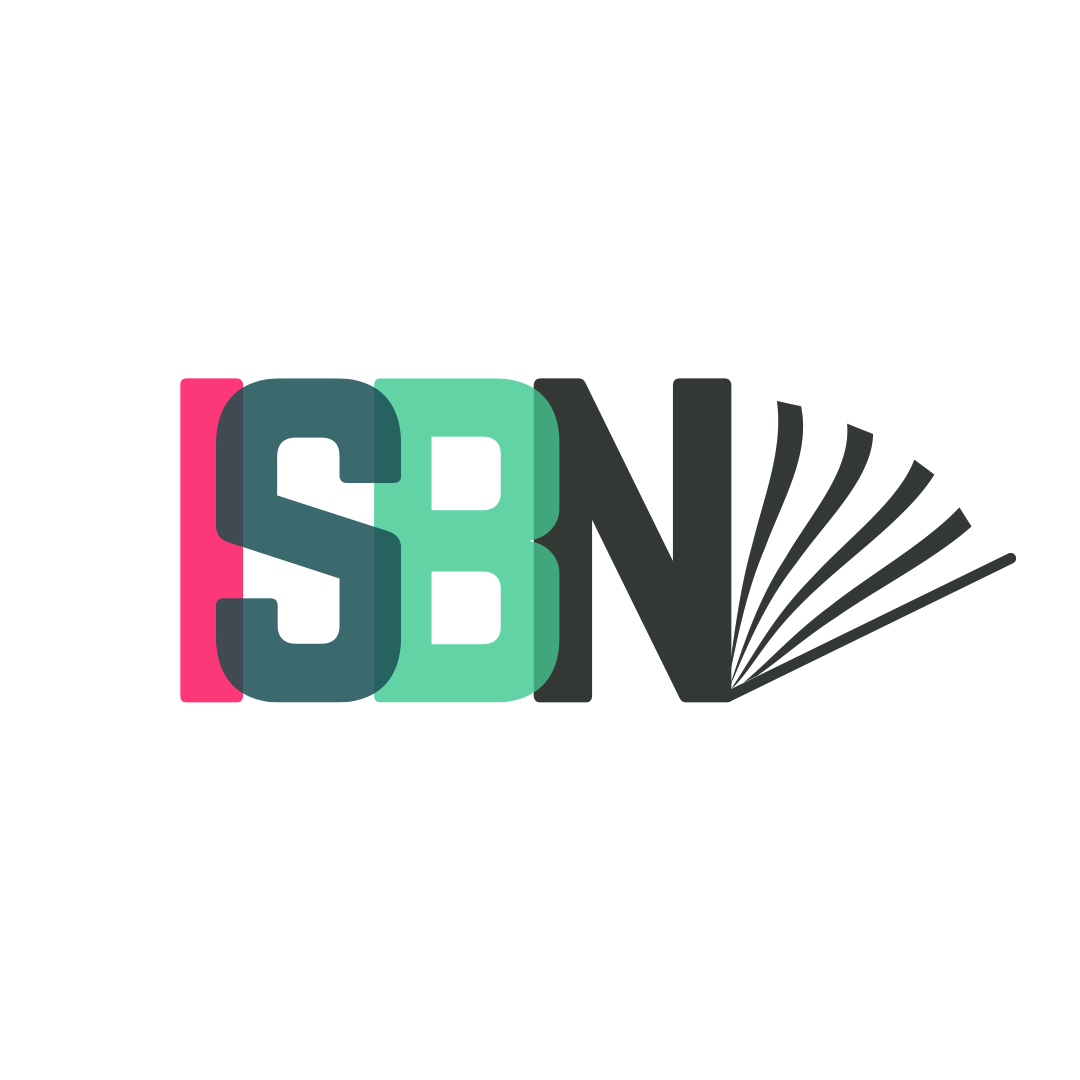What is the meaning of ISBN? An International Standard Book Number (ISBN) is a unique numerical identifier attributed to books for their commercial sale and distribution. It is used as a product identifier by digital and physical libraries, online retailers, booksellers, and publishers for a variety of different purposes, including inventorying, ordering, listing, and selling. Users who access these libraries or stores can also use ISBNs to identify the edition, version, or title of the book that they are seeking. A unique ISBN will be assigned to the eBook version, audiobook version, paperback version, and hardback version of the same book. Once an ISBN is assigned, it can never be re-issued to another publication again. Revised editions of the same publication also require a new ISBN.
Fundamentals and Requirements
All forms of books are eligible for an ISBN, including educational books, maps and atlases, art and illustration books, and eBook applications. ISBN numbers are necessary for all publications, whether digital or physical. ISBNs are also issued to cassettes, CDs, and DVDs with content that is textual or educational in nature.
Typically, the ISBN is printed on the lower portion of the back cover of a book, just above the bar code. When the publication is digital, the ISBN must also appear on the title screen, i.e., the first display page or the page that displays the title. In the case of educational or instructional content, the ISBN must appear in the credit titles, whether at the beginning or the end. The ISBN must also be printed on the outside packaging of any given publication.
ISBN Number Meaning Breakdown
While some privately published books are released without an ISBN, the International ISBN Agency will attribute an ISBN to such books. According to Archway, WHSmith, the largest book retailer in Great Britain, launched the Standard Book Numbering (SBN) system in 1967 as a way to organize books in its new computerized warehouse. Later, a “0” digit was added to this number to give it an international standard. ISBNs were 10 digits long only until 2007. Today, ISBNs are 13 digits long. The ISBN is now divided into five parts with a hyphen and includes a check digit at the end.
Prefix:
All ISBNs since 2007 start with a prefix, also referred to as the European Article Number (EAN). This prefix is 3 digits long, and only 978 and 979 are currently used as prefixes for ISBNs. In the example shown below, 978 is the prefix.
Group:
The registration group element can be 1 to 5 digits long. It represents the geographical or linguistic origin of the publication. For example, 0 or 1 is issued to English-speaking countries, and 2 is issued to French-speaking countries. Less frequently used languages usually have longer ISBNs. In the example below, the group code 81 represents India:
Publisher:
This element represents the individual printer or publisher that issues the book. The ISBN allocates a block of digits to each publisher. This block may be as long as 7 digits, depending on the size of the publisher. Larger publishers are usually allotted more digits, given their frequent publication needs, whereas smaller publishers are allotted fewer digits. In the example below, the publisher digits are 7525.
Title:
This element identifies the title of the book and can be as long as 6 digits. A unique title number is assigned to each book and each edition of the book is published by the same publisher. In the example shown below, 766 indicates the title:
Check Digit:
The check digit is the final single digit of the ISBN that is used to validate the rest of the ISBN. It is used as a form of redundancy check (an error-detecting code commonly used in digital networks and storage devices to detect accidental changes to raw data). In our example, 5 is the check digit.
Usage and Legal Implications
Although an ISBN is an international identifier, they are issued separately by organizations in each country. There are over 160 of these organizations in the world. Some organizations function under the government as national libraries, while some ISBN registration companies are funded by non-state organizations. These organizations can issue ISBNs to publishers. Most publishers acquire a unique publisher block from the ISBN issuing authority to represent themselves in the supply chain. Moreover, while an ISBN is merely an identifier and does not provide any legal protection (such as rights over intellectual property or copyright protection), some countries have made it illegal to publish books without having an ISBN allocated to them.
How to Obtain an ISBN
Acquiring an ISBN is a straightforward process, but the exact steps depend on your country and publishing needs. Below is a general guide to obtaining an ISBN for your book:
1. Identify Your National ISBN Agency
ISBNs are issued by national agencies designated by the International ISBN Agency. Each country has its own issuing authority, and some countries have multiple agencies for different regions or publishing needs. You can find your local ISBN agency by visiting the International ISBN Agency website.
2. Determine If You Need a Single ISBN or a Block
- Self-published authors often need a single ISBN for each format of their book (paperback, hardcover, eBook, etc.).
- Publishers typically purchase ISBNs in blocks to assign them to multiple books over time.
3. Apply for an ISBN
The application process varies depending on your country:
- Some countries provide free ISBNs (such as Canada and India).
- Others require payment for ISBNs, such as the United States (via Bowker) and the United Kingdom (via Nielsen).
- Some self-publishing platforms, like Amazon KDP, provide a free ISBN for books published exclusively on their platform. However, these ISBNs are registered under the platform’s name, not the author’s.
4. Provide Required Information
During the application, you may need to submit:
- The book’s title, author name, and publication date.
- The book format (hardcover, paperback, eBook, audiobook, etc.).
- Publisher details (if applicable).
5. Receive and Assign Your ISBN
Once approved, you will receive your ISBN. Ensure it is correctly placed on the book’s cover, copyright page, and metadata to ensure proper identification.
6. Register Your ISBN (Optional but Recommended)
Registering your ISBN with an online book database or bookseller (such as Bowker’s Books in Print or Nielsen’s ISBN Database) improves discoverability and ensures accurate listing in global retail and library systems.
By obtaining an ISBN, authors and publishers ensure their books are recognized in the global publishing industry, making them easier to distribute, track, and sell.
The ISBN: A Vital Key to Book Publishing and Distribution
The ISBN plays a crucial role in the global book industry, serving as a standardized identifier that streamlines book distribution, sales, and cataloging. Whether in digital or physical formats, every edition of a book requires a unique ISBN, ensuring accurate tracking and ease of access across bookstores, libraries, and online platforms. Understanding the structure of an ISBN, from its prefix to its check digit, helps authors, publishers, and retailers navigate the publishing process more efficiently.
While an ISBN does not grant copyright protection or legal ownership, it remains an essential tool for formal publication and commercial distribution. Depending on the country, ISBN registration may be a requirement for legal publishing. For aspiring authors and independent publishers, obtaining an ISBN is a key step toward making their work widely accessible and recognizable in the literary marketplace.
Your Publishing Journey Awaits – Start NowFAQs – ISBN Meaning
Q1: How do I check my ISBN?
To verify an ISBN, you can use an ISBN lookup tool available on platforms like the International ISBN Agency, bookseller websites, or library databases. The ISBN meaning includes its role as a unique identifier, making it easy to check a book’s edition, publisher, and registration details online.
Q2: Is an ISBN unique for every book?
Yes, the ISBN meaning dictates that each version and edition of a book must have its own unique ISBN. This applies to different formats such as hardcover, paperback, eBook, and audiobook. Revised editions also require a new ISBN to differentiate them from previous versions.
Q3: Is it illegal to sell a book without an ISBN?
While the ISBN meaning signifies its importance for book tracking and distribution, it is not legally required in all cases. Some countries mandate ISBNs for published books, but self-published authors and independent sellers can still sell books without an ISBN, especially through personal websites or local retailers. However, major bookstores and online platforms like Amazon require an ISBN for listing.
Q4: How much does it cost to get an ISBN?
The cost of an ISBN varies by country. In some places, like Canada and India, ISBNs are free. In others, such as the U.S. (through Bowker) and the U.K. (through Nielsen), ISBNs must be purchased. The ISBN meaning includes its role as a publishing necessity, and costs can range from $10 to $125 per ISBN, with discounts for bulk purchases.
Q5: How do I get my own ISBN?
To obtain an ISBN, visit your national ISBN agency’s website (such as Bowker in the U.S. or Nielsen in the U.K.). The ISBN meaning includes its function as a regulated identifier issued by official organizations. You’ll need to provide details about your book, including the title, format, and publisher information.
Q6: What makes an ISBN valid?
A valid ISBN must meet the official ISBN requirements, including:
- A correct 13-digit format (or a 10-digit format for older books).
- The proper hyphenation structure that separates its elements (EAN, group, publisher, title, and check digit).
- A correct check digit, which verifies the ISBN’s authenticity through a mathematical formula.








